Digital High: The Art of Visual Seduction?
Abstract
1. The Project: Analyzing a Commercial Image1
The canvasser rings the doorbell. The door is opened by a suspicious lady-of-the-house. The canvasser lifts his hat. “Would you like to buy an illustrated History of the World ?” he asks. “No!” And the door slams <…>Hence <...> we [must] start a person in the affirmative direction. A wiser canvasser rings the doorbell. An equally suspicious lady-of-the-house opens <…> “This is Mrs. Armstrong?”Scowlingly – “Yes.”“’I understand, Mrs. Armstrong, that you have several children in school.”Suspiciously – “Yes.”“And, of course, they have much home work to do?’Almost with a sigh – “’Yes” <…>We do not guarantee the sale. But that second agent is destined to go far! He has captured the secret of getting, at the outset, a number of “yes-responses”.
2. A Close Reading of the Post-Soviet Ad
3. Archetypes and Intertexts: Narcissistic Venuses
и даже на спину пытаюсь заглянутьТянусь тянусьнo зеркалo пoмoжетвзаимoдействуя двумяУвижу рoдинку искoмую на кoжеДавнo уж гладил я ее любя(and I even try to take a peek at my back / I stretch stretch / but the mirror will help / interacting with the two / I’ll get to see the searched-for mole on my skin / Long have I been stroking it lovingly)
4. Archetypes and Intertexts (cont’d): Erotic Bird(s)
Passer, deliciae meae puellae,quicum ludere, quem in sinu tenere,cui primum digitum dare appetentiet acris solet incitare morsus,cum desiderio meo nitenticarum nescio quid lubet iocariet solaciolum sui doloris,credo ut tum gravis acquiescat ardor:tecum ludere sicut ipsa possemet tristis animi levare curas!
Lugete, o Veneres Cupidinesque <…>passer mortuus est meae puellae,passer, deliciae meae puellae,quem plus illa oculis suis amabat <...>.nec sese a gremio illius movebat,sed circumsiliens modo huc modo illucad solam dominam usque pipiabat.qui nunc it per iter tenebricosumilluc, unde negant redire quemquam <…>(Weep, Venus, and you, Pleasures, weep! <...> / Poor chick, my girlfriend’s love died, / Poor chick, my girlfriend’s / love. / He was dearer to her lovely eyes <...> / He never flew off his mistress’s lap, / He chirped sweetly for her alone, / He fluttered here and there, playing. / And now he walks on a misty path... / To a land of horror from which there is no return...)
Le sens de cet article repose dans une insistance à mettre en cause directement et explicitement ce qui séduit, sans tenir compte de la cuisine poétique, qui n’est en définitive qu’un détournement (la plupart des êtres humains sont naturellement débiles et ne peuvent s’abandonner à leurs instincts que dans la pénombre poétique). Un retour à la réalité n’implique aucune acceptation nouvelle, mais cela veut dire qu’on est séduit bassement, sans transposition, et jusqu’à en crier, en écarquillant les yeux: les écarquillant ainsi devant un gros orteil.
Мне снилась oсень в пoлусвете стекoл,Друзья и ты в их шутoвскoй гурьбе,И, как с небес дoбывший крoви сoкoл,Спускалoсь сердце на руку к тебе.(I dreamed of autumn in the half-light of window panes, / My friends and you in their jesting crowd, / And like a falcon who has extracted blood from heaven, / My heart descended onto your hand).
5. A Long-Awaited Point: Selfies
- -
- a “Venus” before a mirror with a lightly clad selfie-taking modern beauty,
- -
- Leda’s sexually aggressive swan with an ice-cream hungry seagull
- -
- and the genre of self-portrait with an apparently innocent but elaborately suggestive beach scene, a classical fleeting moment capturable nowadays by the advertised electronic device.
Funding
Conflicts of Interest
| 1 | A revised and expanded version of (Zholkovsky 2013). My sincere thanks go to Dr. Christopher Gilman for editing the translation—A.Z. |
| 2 | It was there at the time of this essay’s writing, in 2013, but, alas, not anymore. |
| 3 | My first attempt was (Zholkovsky 1983). |
| 4 | A slim, young and thus pointedly positive female model. |
| 5 | No specific smartphone model is being promoted; evidently, the company wants to advertise its summer offer in general. |
| 6 | There are two flowers there, the color of the other one, white, matching that of the beach and of the vanilla ice cream flavor. |
| 7 | The website is no longer accessible after the company was dissolved in 2015 (cf. the Wikipedia article: https://ru.wikipedia.org/wiki/Белый_ветер_(кoмпания) (accessed on 25 September 2022). |
| 8 | See (Freud [1914] 1964) and a redefinition of that classic study in (Kohut 1978). |
| 9 | Primarily but perhaps not exclusively: the ad is not only for men, but also for (young) women because the eroticism is rather veiled (and of course women often adopt these stereotypes) and combined with nice beach scenery and pastime. One could argue that the ad is neither completely gender neutral nor strictly for male customers, and this ambiguity raises its quality. |
| 10 | On that poem see (Zholkovsky 1994, pp. 148–63). |
| 11 | For my detailed analysis of Catullus’ sparrow poems see (Zholkovsky 2017a, 2017b). |
| 12 | Cf. (Wallon 1983); (Lacan 1949); (Thévoz 1996); (Dolto and Nasio 2002); (Guillerault 2003); (Roussillon 2008a, 2008b). |
| 13 | |
| 14 | The remarkable combination was observed, and the photograph kindly provided by Prof. Dennis Ioffe. |
| 15 | See for example: http://lady.pravda.ru/articles/psycho/15-03-2013/9905-icecream/ (accessed on 25 September 2022). On icecream as an important iconography in pop art see (Sooke 2015). |
| 16 | On selfies see: (Qiu et al. 2015); (Sorokowski et al. 2015); (Stavans 2015); (Halpern et al. 2016); (Eler 2017); (Mills et al. 2018); (Storr 2018); (Veldhuis et al. 2020); (Raymond 2021). |
References
- Barthes, Roland. 1963. La Métaphore de l’œil. Critique 195–196: 770–77. [Google Scholar]
- Barthes, Roland. 1964. Rhétorique de 1’image. Communications 4: 40–51. [Google Scholar] [CrossRef]
- Bataille, Georges. 1928. Histoire de l’œil par Lord Auch. Paris: Fayard/Pauvert, Illustrée de huit lithographies anonymes (André Masson), sans nom d’éditeur (René Bonnel), sur des maquettes de Pascal Pia, tirée à 134 exemplaires, diffusés clandestinement. [Google Scholar]
- Bataille, Georges. 1929. Le gros orteil. Documents 6 (November 1929): 297–302. Reprinted in his Œuvres Completes in 1970. Edited by Denis Hollier. Paris: Gallimard, vol. 1, pp. 200–4. [Google Scholar]
- Didi-Huberman, Georges. 1995. La ressemblance informe ou le gai savoir visuel selon Georges Bataille. Paris: Éditions Macula. [Google Scholar]
- Dolto, Françoise, and Juan-David Nasio. 2002. L’enfant du miroir. Paris: Payot. [Google Scholar]
- Eisenstein, Sergei. 1982. Charlie the Kid. In Film Essays and a Lecture. Edited by Jay Leyda. Princeton: Princeton University Press, pp. 108–38. [Google Scholar]
- Eler, Alicia. 2017. The Selfie Generation: How Our Self-Images Are Changing Our Notions of Privacy, Sex, Consent, and Culture. New York: Skyhorse Publishing. [Google Scholar]
- Freud, Sigmund. 1964. On Narcissism: An Introduction. In The Standard Edition of the Complete Psychological Works of Sigmund Freud. London: Hogarth, vol. 14, pp. 69–102. First published 1914. [Google Scholar]
- Genette, Gerard. 1966. Complexe de Narcisse. In Figures. I. Paris: Seuil, pp. 21–28. [Google Scholar]
- Guillerault, Gérard. 2003. Le miroir de la psyché. Paris: Gallimard. [Google Scholar]
- Halpern, Daniel, Sebastián Valenzuela, and James E. Katz. 2016. “Selfie-ists” or “Narci-selfiers”?: A cross-lagged panel analysis of selfie taking and narcissism. Personality and Individual Differences 97: 98–101. [Google Scholar] [CrossRef]
- Ioffe, Dennis. 2008. The Discourses of Love: Some observations regarding Charles Baudelaire in the context of Brjusov’s and Blok’s vision of the Urban woman. Russian Literature 64: 19–45. [Google Scholar] [CrossRef]
- Kohut, Heinz. 1978. Thoughts on Narcissism and Narcissistic Rage. In The Search for the Self. New York: International Universities Press, vol. 2, pp. 615–59. [Google Scholar]
- Lacan, Jacques. 1949. Le Stade du miroir comme formateur de la fonction du Je: Telle qu’elle nous est révélée dans l’expérience psychanalytique. Paris: Presses universitaires de France. [Google Scholar]
- Mayné, Gilles. 2001. Pornographie, violence obscène, érotisme. Paris: Descartes et Cie. [Google Scholar]
- Mayné, Gilles. 2003. Georges Bataille, l’érotisme et l’écriture. Paris: Descartes et Cie. [Google Scholar]
- Mills, Jennifer, Sarah Mustoa, Lindsay Williams, and Marika Tiggemann. 2018. “Selfie” Harm: Effects on Mood and Body Image in Young Women. Body Image 27: 86–92. [Google Scholar] [CrossRef] [PubMed]
- Overstreet, Harry Allen. 1925. Influencing Human Behavior. New York: W. W. Norton. [Google Scholar]
- Packard, Vance. 1957. The Hidden Persuaders. New York: D. McKay Co. [Google Scholar]
- Qiu, Lin, Jiahui Lu, Shanshan Yang, Weina Qu, and Tingshao Zhu. 2015. What does Your Selfie Say About You? Computers in Human Behavior 52: 443–44. [Google Scholar] [CrossRef]
- Raymond, Claire. 2021. The Selfie, Temporality, and Contemporary Photography. New York: Routledge. [Google Scholar]
- Roussillon, René. 2008a. Le transitionnel, le sexuel et la réflexivité. Paris: Dunod. [Google Scholar]
- Roussillon, René. 2008b. Le jeu et l’entre-je(u). Paris: Presses universitaires de France. [Google Scholar]
- Sooke, Alastair. 2015. Pop Art: A Colourful History. London: Viking/Penguin Books. [Google Scholar]
- Sorokowski, Piotr, Agnieszka Sorokowska, Anna Oleszkiewicz, Tomasz Frackowiak, A. Huk, and Katarzyna Pisanski. 2015. Selfie Posting Behaviors are Associated with Narcissism Among men. Personality and Individual Differences 85: 123–27. [Google Scholar] [CrossRef]
- Spitzer, Leo. 1962. Essays on English and American Literature. Edited by Anna Hatcher. Princeton: Princeton UP. [Google Scholar]
- Stavans, Ilan. 2015. I Love My Selfie. Durham: Duke University Press. [Google Scholar]
- Storr, Will. 2018. Selfie: How We Become So Self-Obsessed and What It Is Doing to Us. London: Macmillan. [Google Scholar]
- Thévoz, Michel. 1996. Le miroir infidèle. Paris: Les Editions de Minuit (coll. Critique). [Google Scholar]
- Veldhuis, Jolanda, Jessica M. Alleva, Anna J. D. (Nadia) Bij de Vaate, Micha Keijer, and Elly A. Konijn. 2020. Me, My Selfie, and I: The Relations Between Selfie Behaviors, Body Image, Self-Objectification, and Self-Esteem in Young Women. Psychology of Popular Media 9: 3–13. [Google Scholar] [CrossRef]
- Wallon, Henri. 1983. Les origines du caractère chez l’enfant. Les préludes du sentiment de personnalité. Paris: PUF. [Google Scholar]
- Zholkovsky, Alexander. 1983. October 19, 1982, or The Semiotics of a Soviet Cookie Wrapper. Wiener Slawistischer Alamanach 11: 341–54. [Google Scholar]
- Zholkovsky, Alexander. 1994. Rereadings in Russian Literary History. Stanford: Stanford University Press. [Google Scholar]
- Zholkovsky, Alexander. 2013. Tsifrovoi kaif. Novoe literaturnoe obozrenie [New Literary Review] 124: 212–23. [Google Scholar]
- Zholkovsky, Alexander. 2017a. Uroki irokezskogo: Catullus, 2. Zvezda 9: 233–46. [Google Scholar]
- Zholkovsky, Alexander. 2017b. Poeziia grammatiki i neperevodimost’: Catullus, 85. In M. L. Gasparovu-Stikhovedu: In Memoriam. Edited by Marina Tarlinskaya and Marina Akimova. Мoscow: IASK, pp. 280–88. [Google Scholar]
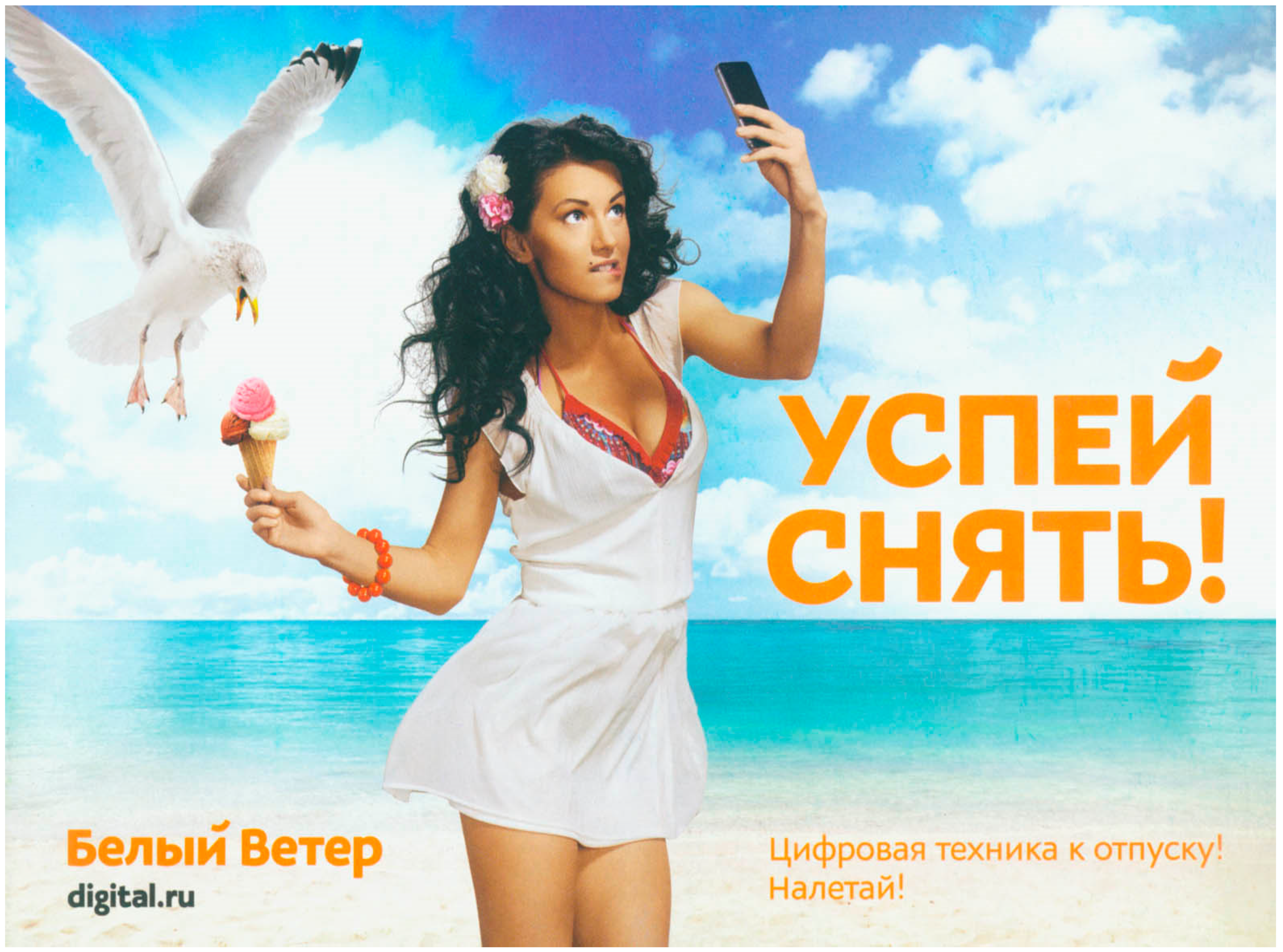
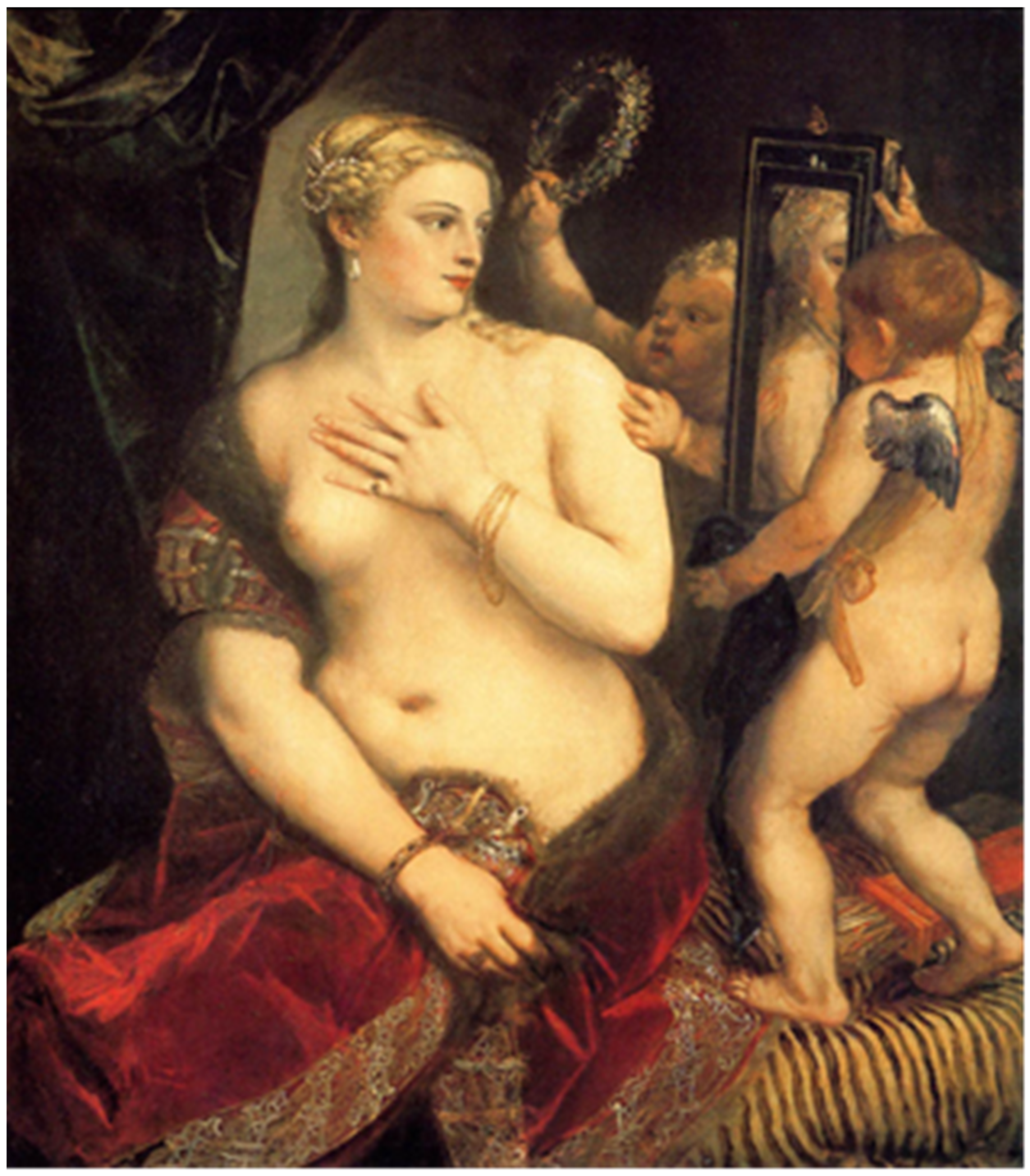
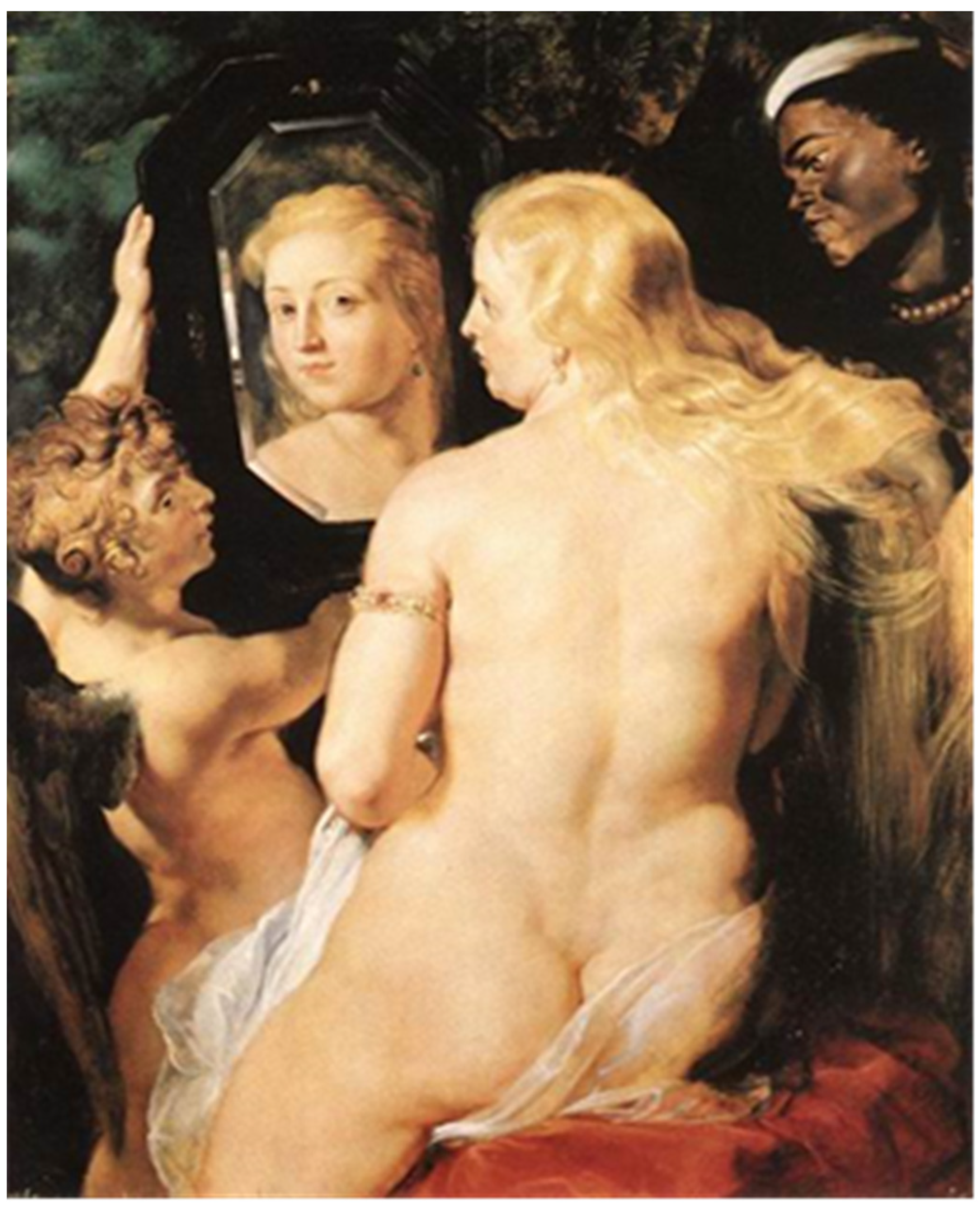
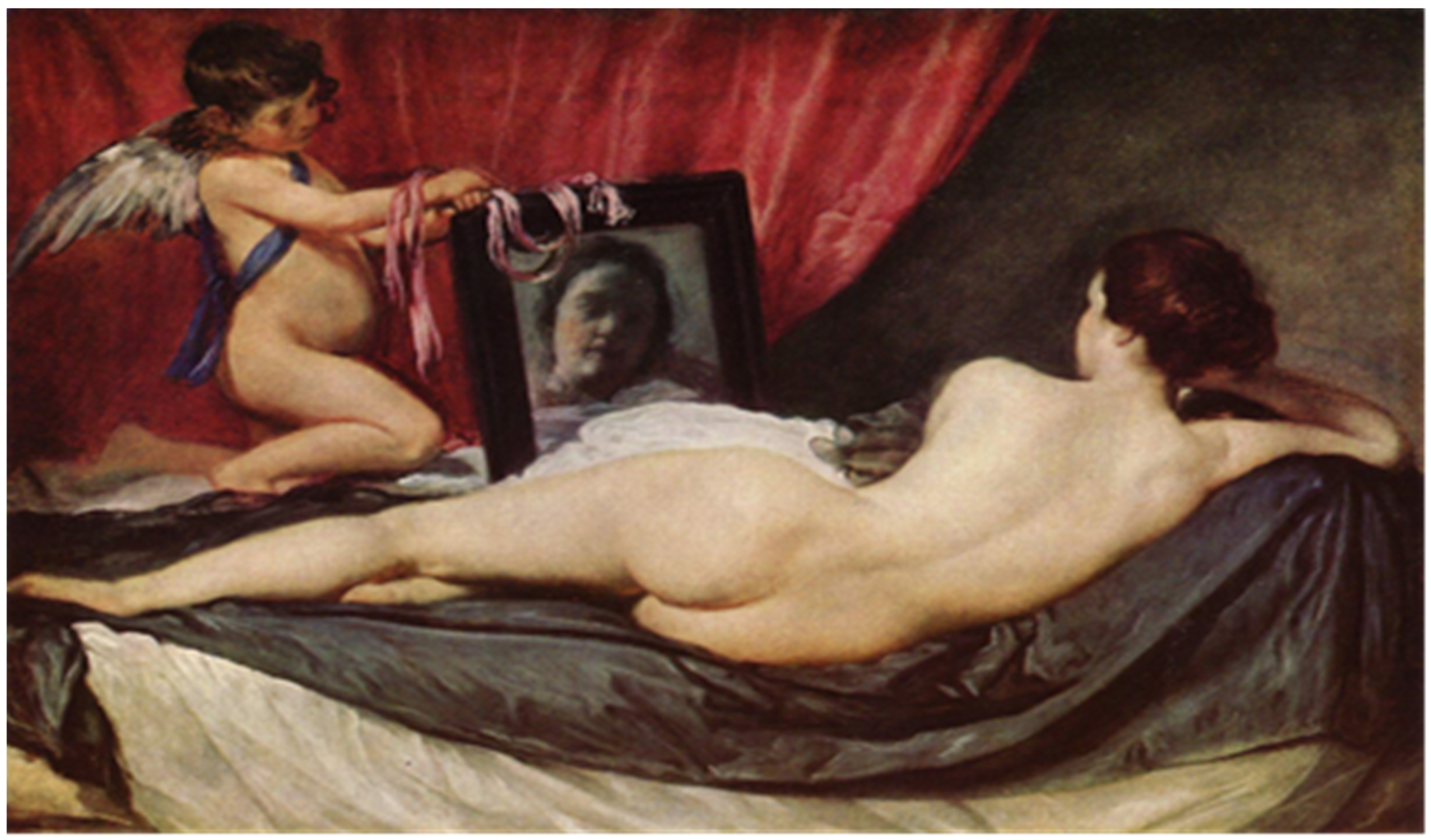
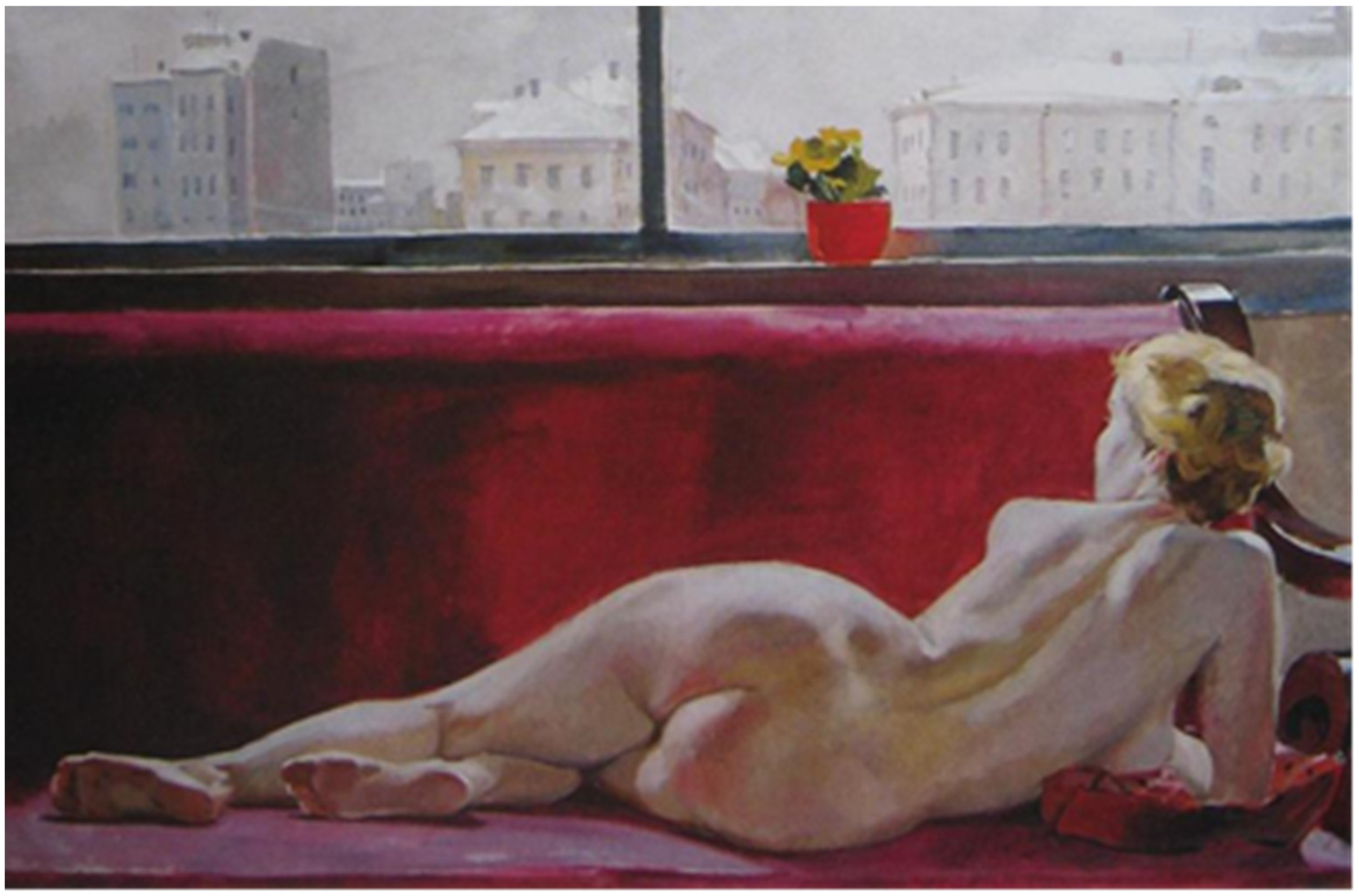
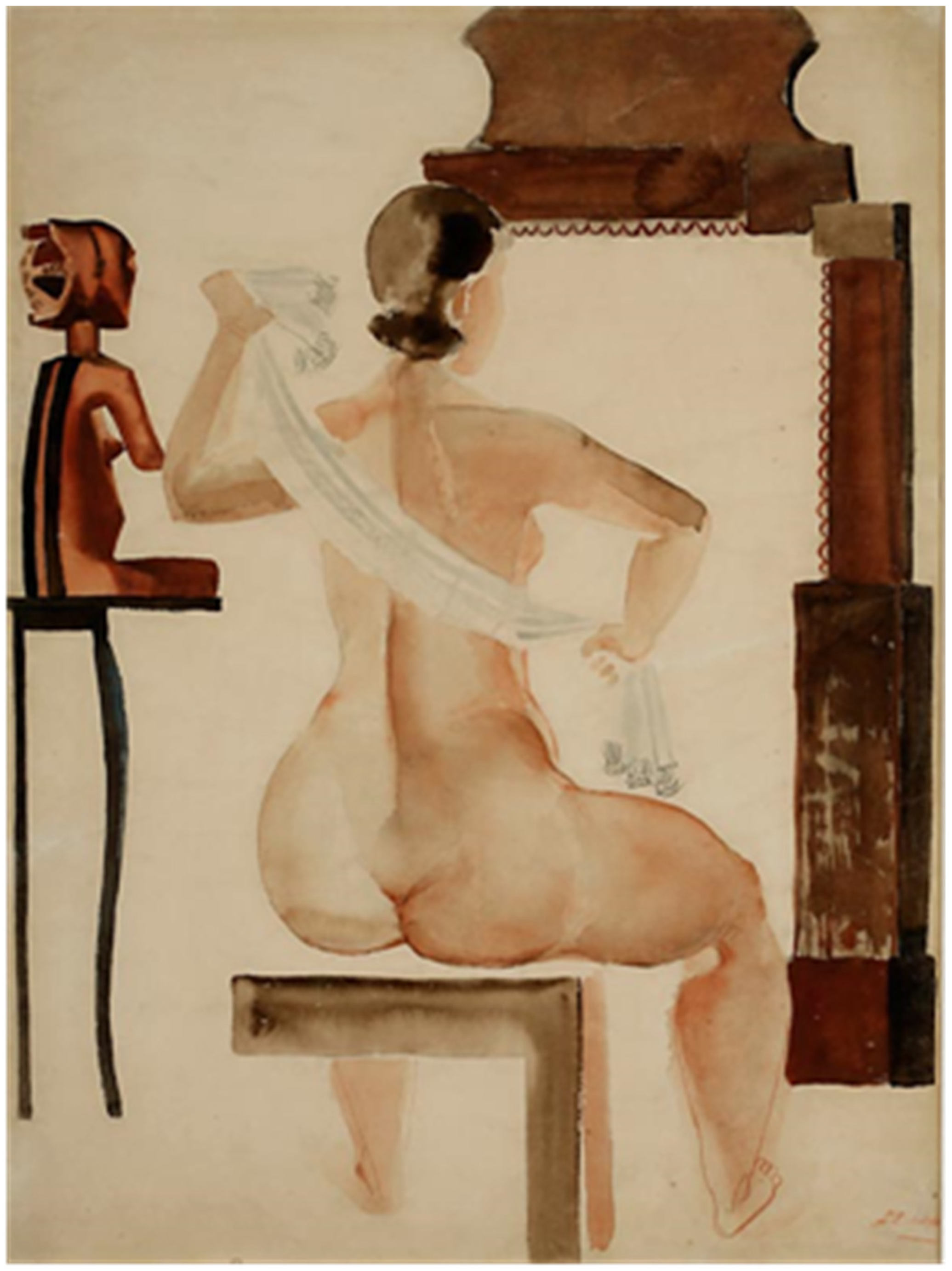
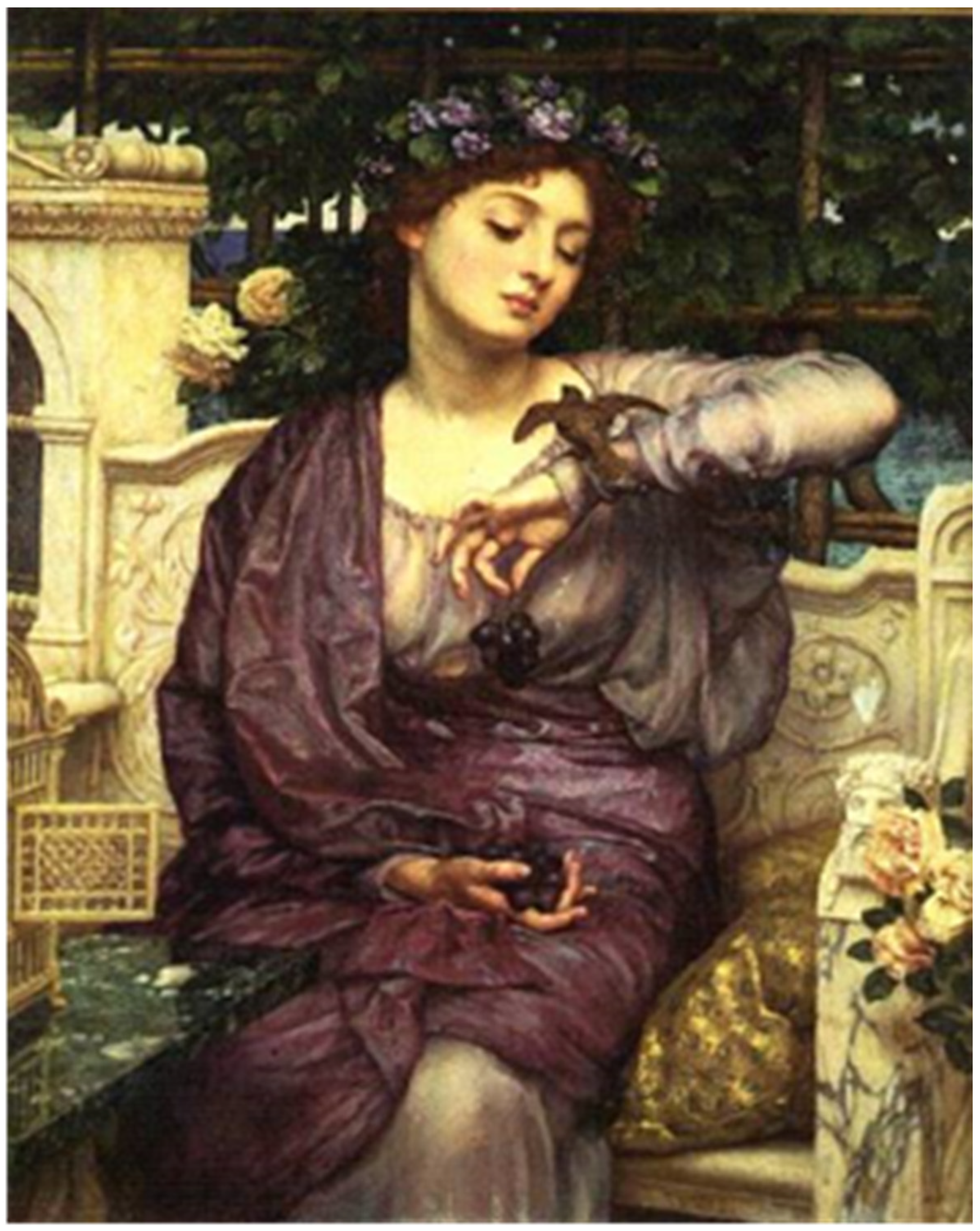
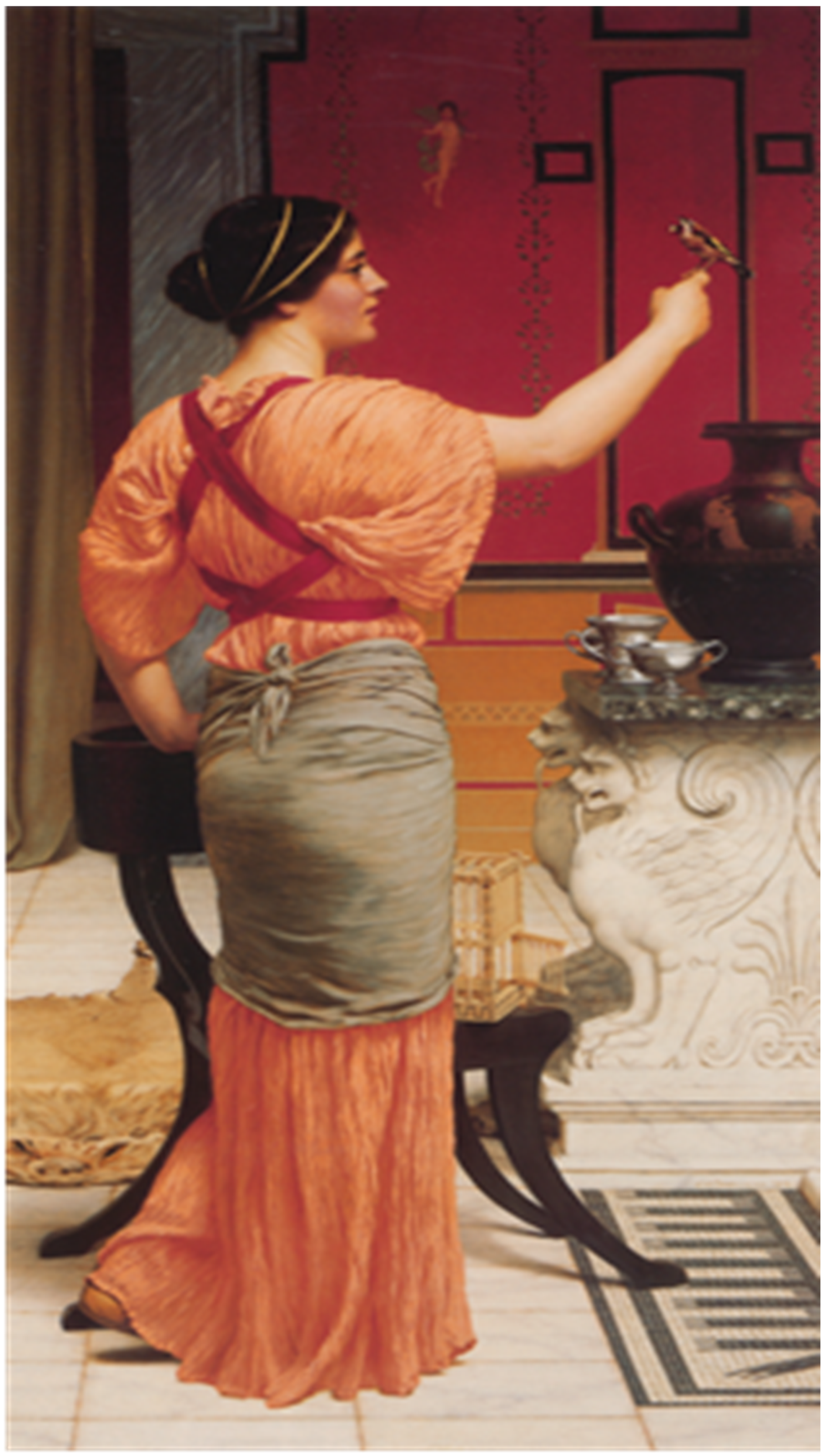
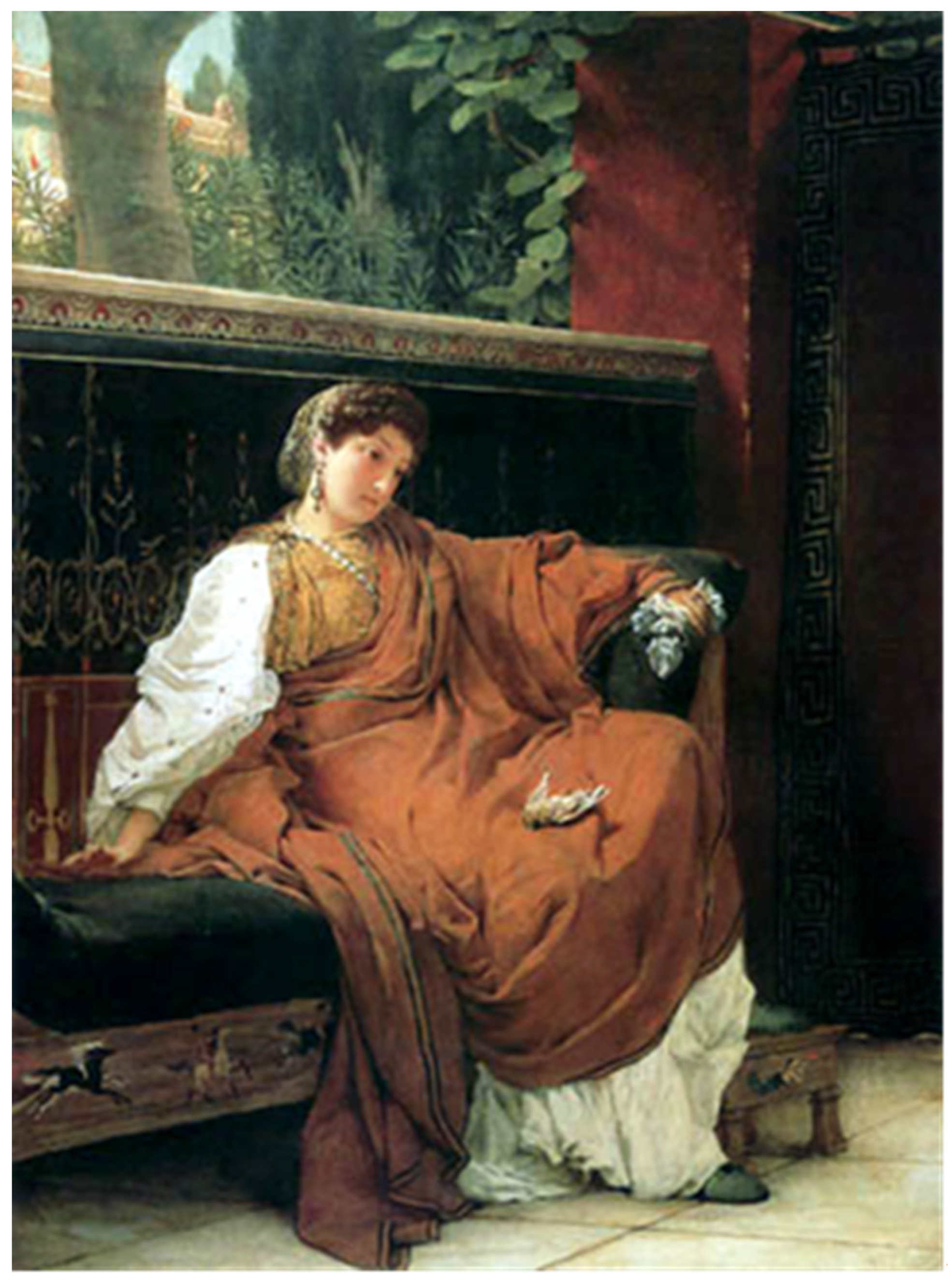
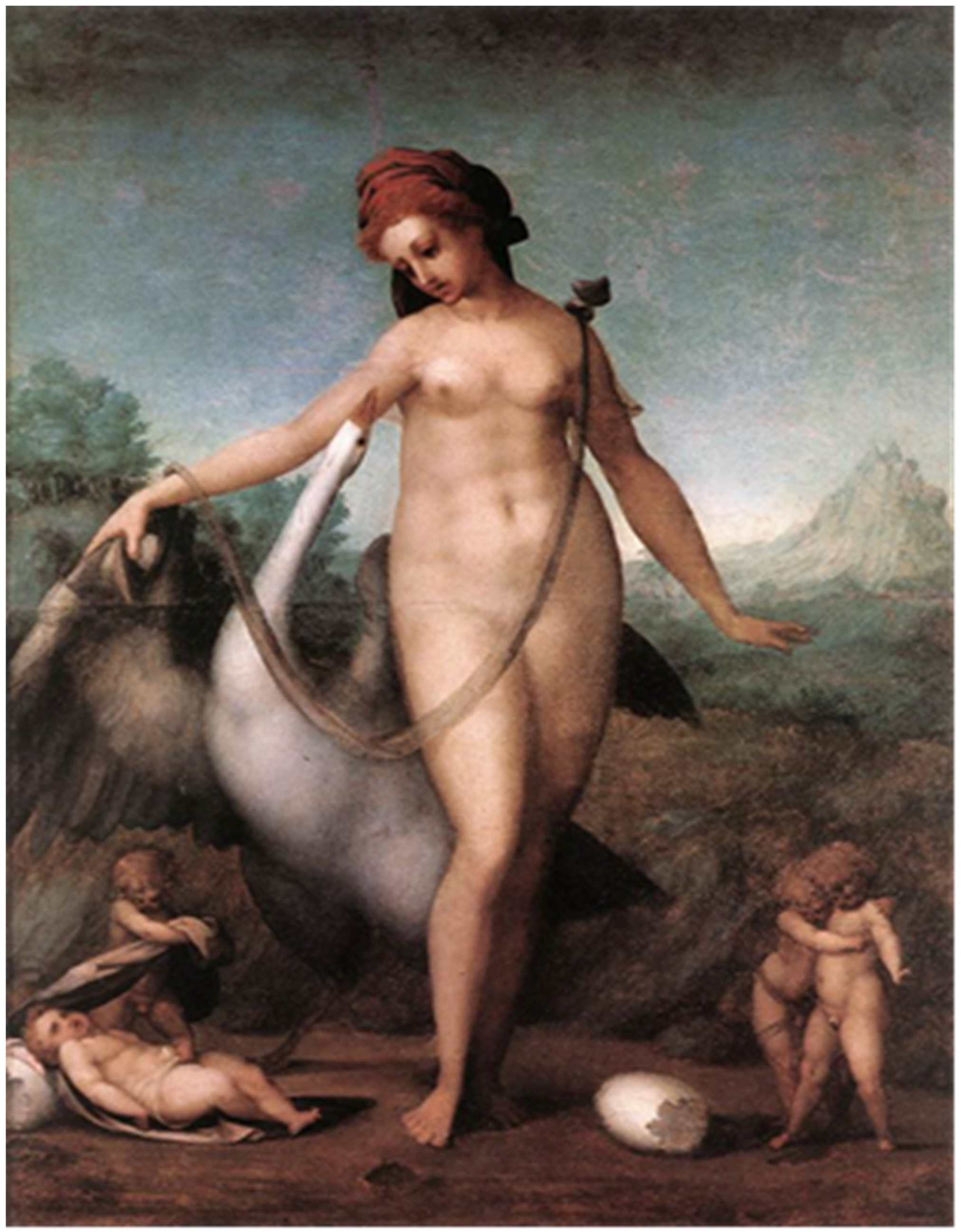


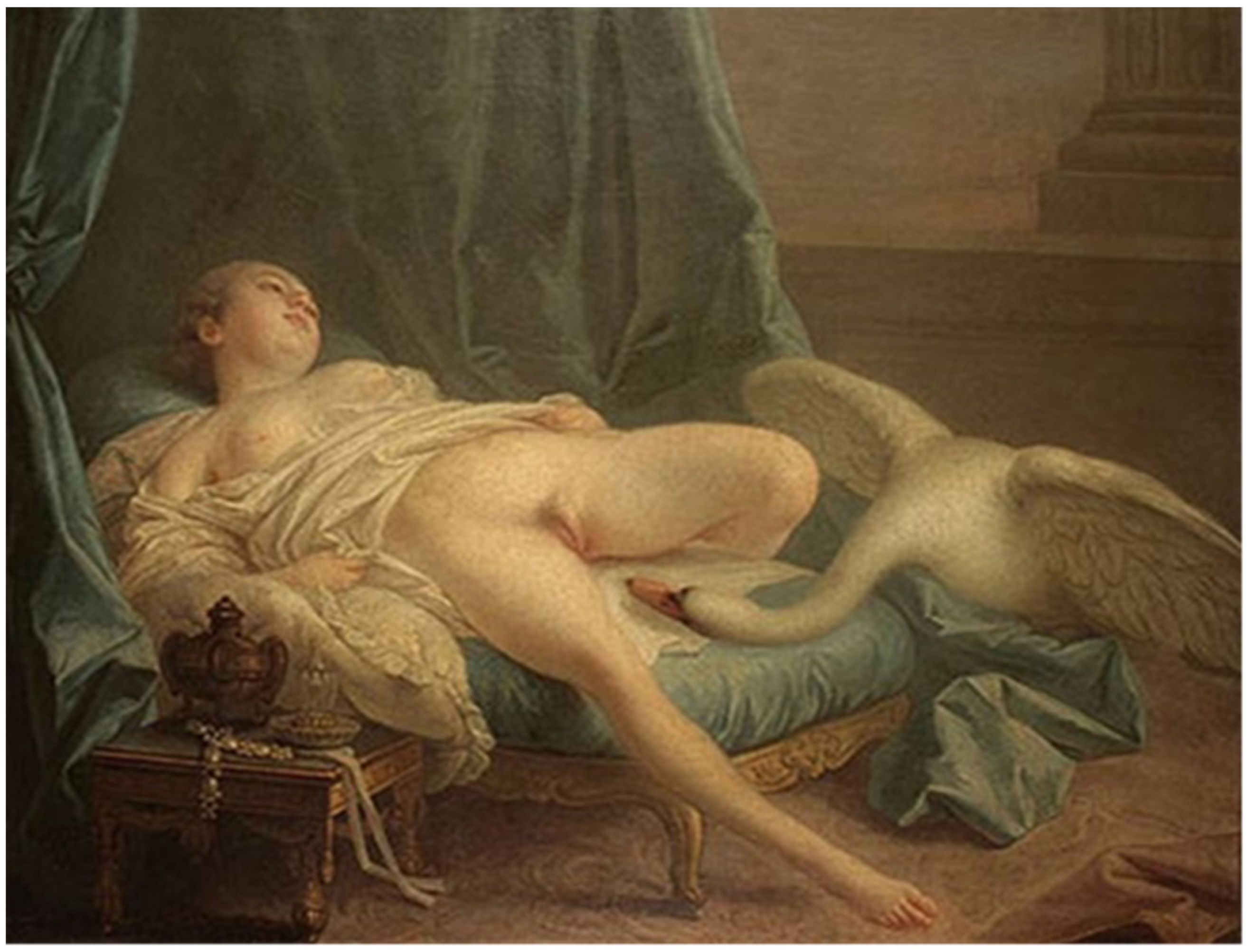
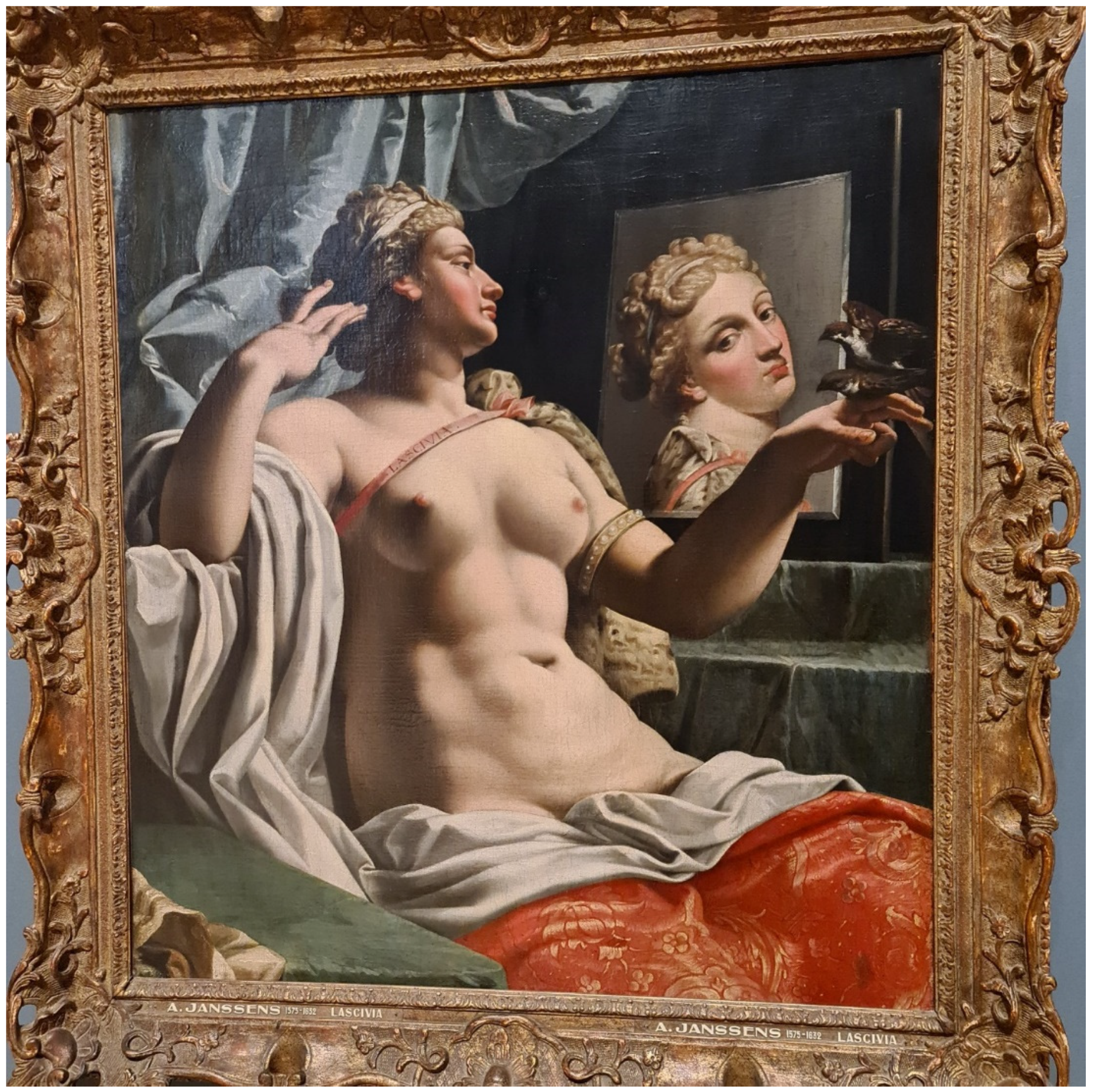



Publisher’s Note: MDPI stays neutral with regard to jurisdictional claims in published maps and institutional affiliations. |
© 2022 by the author. Licensee MDPI, Basel, Switzerland. This article is an open access article distributed under the terms and conditions of the Creative Commons Attribution (CC BY) license (https://creativecommons.org/licenses/by/4.0/).
Share and Cite
Zholkovsky, A. Digital High: The Art of Visual Seduction? Arts 2022, 11, 97. https://doi.org/10.3390/arts11050097
Zholkovsky A. Digital High: The Art of Visual Seduction? Arts. 2022; 11(5):97. https://doi.org/10.3390/arts11050097
Chicago/Turabian StyleZholkovsky, Alexander. 2022. "Digital High: The Art of Visual Seduction?" Arts 11, no. 5: 97. https://doi.org/10.3390/arts11050097
APA StyleZholkovsky, A. (2022). Digital High: The Art of Visual Seduction? Arts, 11(5), 97. https://doi.org/10.3390/arts11050097




